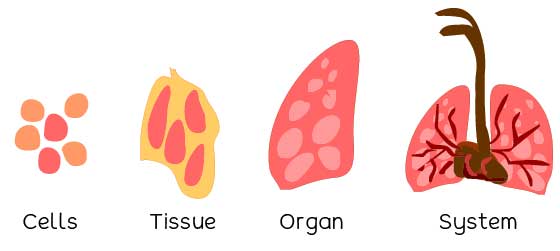- Characteristics of living things
Living organisms are made up of cells
The first characteristic of a living thing is that they are made up of cells. A cell is the basic building block of all organisms. It is the smallest unit of organization in a living thing. They contain the organism’s hereditary information (DNA) and can make copies of themselves in a process called mitosis.
Cells are made up of a nucleus, and a cytoplasm, enclosed by a thin wall called a membrane, which separates it from its surroundings. Plant cells have a nucleus, cytoplasm, and a cell membrane too. The main difference between a plant and an animal cell is that plant cells have a vacuole, chloroplast, and a cell wall.
Here is an illustration of an animal and a plant cell.

Some microorganisms are composed of only one cell, whiles other larger organisms such as an ant or even a lion composed of millions of different cells.
- Unicellular organism:
An organism with only one cell is called a unicellular organism. Unicellular organisms can be complex too, even though they are simply a one-cell organism. They include bacteria, yeast, amoeba, and paramecia.
- Multicellular organism:
These are organisms that are made up of more than one cell. These organisms have very clear cell structures, with many cell types performing different specialized functions. For example, blood cells only specialize in blood production, and hair cells only specialize in hair growth and repair. They do not mix up. In a multicellular organism, the organization of the cells is very important.
Here is an illustration of cell organization:

A group of cells can form a tissue—A group of tissues can make up an organ (such as a lung) —A set or organs can make up a system (such as a respiratory system)—and the systems can make up the organism.
All the cells that make up the organism have an important role to play for the organism to perform its life functions.
